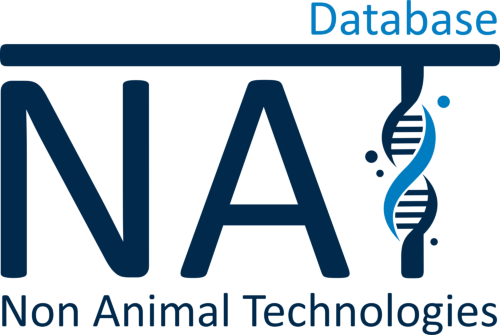Molecular biology engineering of a molelcule with in vitro antitumor activity
2018
Guangzhou Medical University, Guangzhou, china
Cancer vaccines have been used to both treat and prevent cancer by targeting the immune system. Similar to classic vaccines, most therapeutic cancer vaccines are also made using protein or peptide antigens. Staphylococcal enterotoxins (SEs) are powerful peptide antigens produced by Staphylococcus aureus which trigger a powerful immune response. In the past, SEs were fused to ligands that bind to receptors expressed or overexpressed on the target cells and were named “ligand-targeted therapeutics (LTTs)". Epidermal growth factor (EGF) is the natural ligand that binds to the EGF receptor (EGFR) and activates more than 200 downstream signal molecules to initiate or modulate various intracellular processes. Most nasopharyngeal cancer cell lines and patients overexpress EGFR, which was thus proposed as a new target for cancer treatment. In the present study, the researchers used molecular biology engineering to produce a fusion protein from SE genetically conjugated to EGF forming a chimeric construct. The fusion protein was expressed and purified from bacteria Escherichia coli. Then, the ability of the chimeric molecule to bind to patients cancer cells was determined ex vivo as well as its antitumor effect. The chimeric molecule is the first of its kind to display antitumor activity and should pave the way for further therapy development.
Construction, expression, and characterization of rSEA-EGF and in vitro evaluation of its antitumor activity against nasopharyngeal cancer
Ailin Tao
Added on: 09-14-2021
[1] https://journals.sagepub.com/doi/full/10.1177/1533033818762910[2] https://data.jrc.ec.europa.eu/dataset/352f7dfd-05cf-434b-a96a-7e270dc76573





